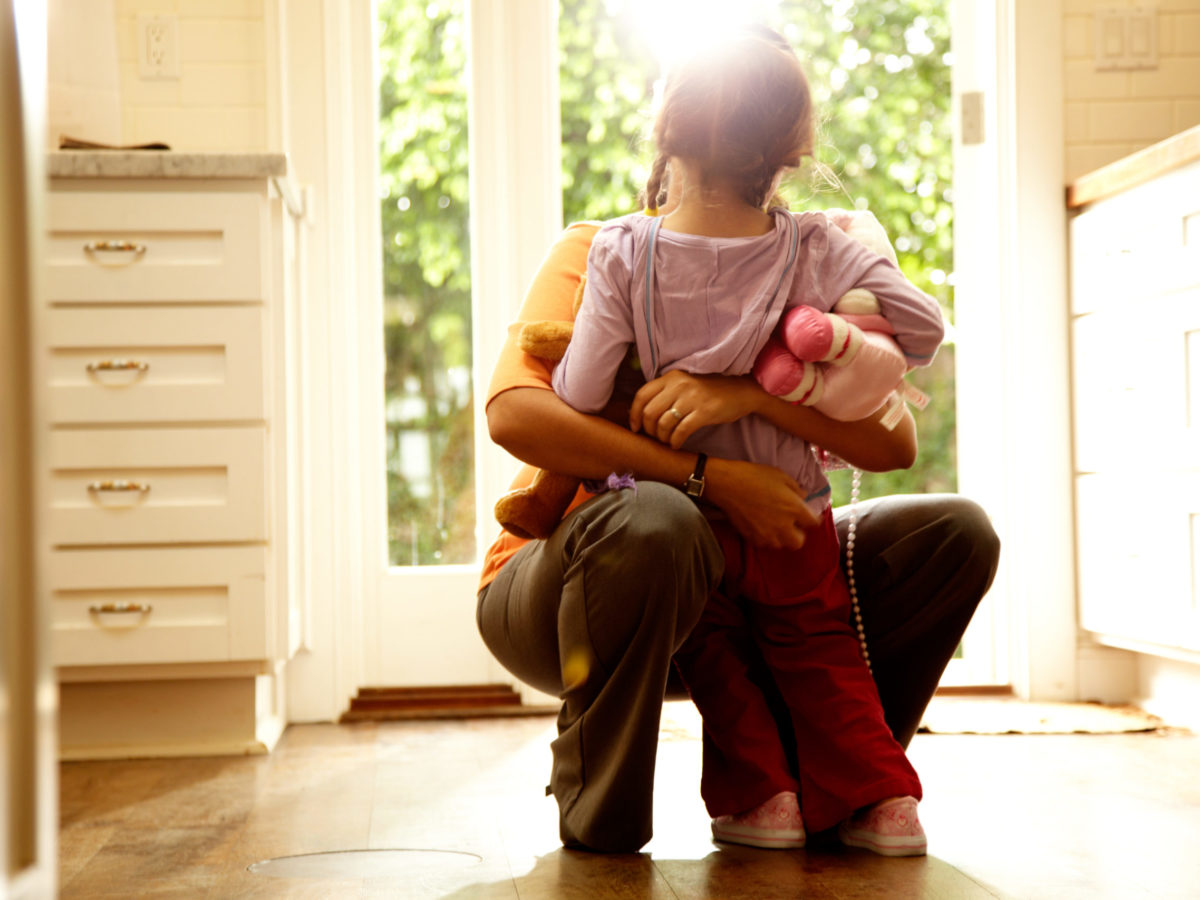
From 2012 to 2016, our nation’s child welfare system has seen its population grow by 10 percent, from around 398,000 to 438,000 children.
These numbers may seem small in a country of 325 million, but we have a special, collective responsibility for these children, who are among our most vulnerable. Forty-three percent of children in the child welfare system report at least one behavioral health condition, with the most common conditions reported being anxiety, attention deficit hyperactivity disorder (ADHD), substance use disorder, and depression. Their parents also have high rates of behavioral health conditions.
Behavioral health challenges can be both a cause and a consequence of contact with the child welfare system, and both are closely intertwined with poverty. Yet, practitioners and policymakers working on these and other related issues often do so in silos.
It was with these challenges in mind that nearly 40 experts met for a day-long meeting on June 7 at the Kaiser Permanente Center for Total Health in Washington, D.C. to identify and develop cross-sector strategies for improving the coordination and delivery of behavioral health supports for families involved with the child welfare system. The meeting, which was convened by the Georgetown Center on Poverty and Inequality and Mental Health America with support from Kaiser Permanente, is the third in a four-part series to develop crosscutting, forward-thinking strategies for addressing the behavioral health challenges of low-income populations.
Reflections from firsthand experiences with the child welfare system
Two of the defining moments of the day for me were when two young women with lived experience in the child welfare system shared stories about how each of their lives could have been different had there been earlier, more holistic interventions that factored in behavioral health needs.
- Dani Townsend from the National Foster Youth and Alumni Policy Council spoke about her experience in the Illinois foster care system for 8 years. She described the challenges that stemmed from her biological mother and stepfather never receiving the behavioral health screenings or services they needed until after she had entered foster care. She also identified several key points when interventions either did not take place or could have been improved greatly. For example, her teachers failed to intervene when she exhibited signs of experiencing abuse at home. At one point, the police, who had been called multiple times to her house, failed even to interview her.
- Nico’Lee Biddle, also from the National Foster Youth and Alumni Policy Council, shared her experience in the Pennsylvania child welfare system for 7 years. Her placement resulted from her family’s financial hardship, which was caused in part by her parents’ behavioral health challenges. In discussing the faults of a punitive system that removed children first and provided services second, she stressed the need for achieving child and family well-being.
How can we improve conditions for people like Dani, Nico’Lee, and their families?
This experience and the insights shared by Dani, Nico’Lee, and the other participants highlight the need for a holistic approach that goes beyond just clinical services. We should address the root causes of why families come into contact with the child welfare system through a trauma-informed, whole-family approach. This approach allows for necessary family separation, while providing monitoring and job coaching for parents through a trauma-informed lens, to preserve families. We must acknowledge the role of the child welfare system in perpetuating intergenerational trauma, and ensure culturally competent interventions. We must also consider how the justice and education systems fit into our approaches.
Other cross-sector ideas that arose at the convening included creating a financing model to increase early and periodic screening, diagnostic, and treatment rates across states. Multiple participants urged re-envisioning the child welfare system to promote family well-being and continuity of care, even when youth age out of the system and face challenges such as homelessness. We should examine the overarching question of whether the best approach for cross-sector collaboration is to embed behavioral health professionals in non-behavioral health systems, such as the child welfare system, or whether we should instead focus on improving coordination among these sectors — or a combination thereof.
Next steps to better serve youth and families’ behavioral health needs
This conversation is just one step forward of many, but it was encouraging to see people in the room from such diverse backgrounds thinking creatively about how we can better serve foster youth and their families.
The findings from this and the next convening, which will focus on behavioral health strategies to reduce criminal and juvenile justice system interaction, will lead to a public report that summarizes our collective thinking on how best to address the daunting behavioral health challenges facing families with low incomes.
